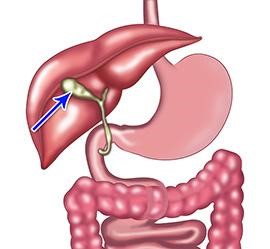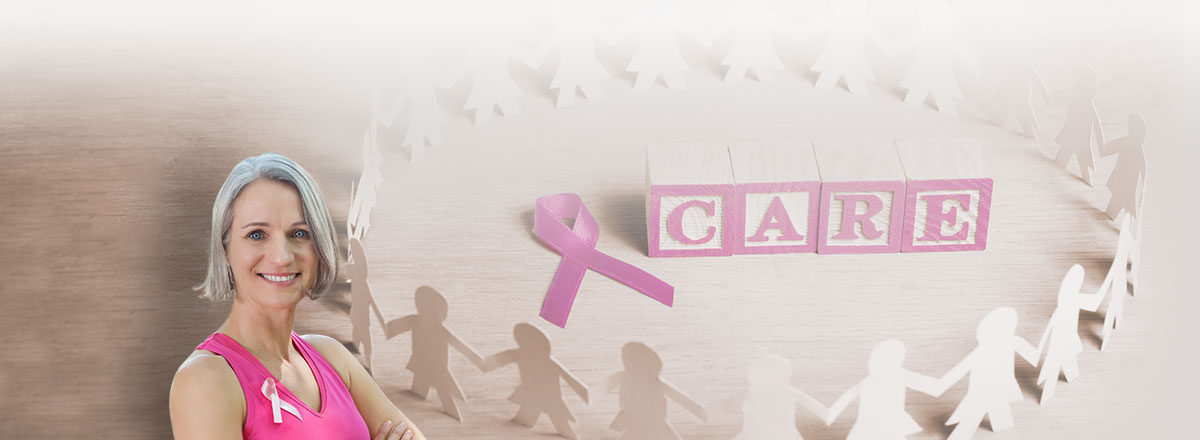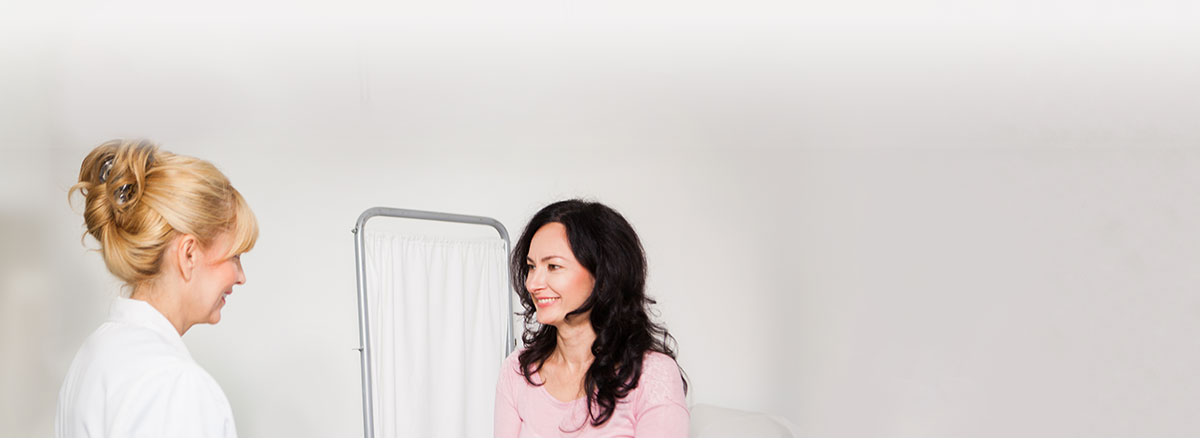Gallstones and Gallbladder Surgery
Gallbladder
The gallbladder is a hollow pear-shaped organ that lies just below the liver. Its primary function is to store bile, a thick yellow-green liquid produced in the liver.
Bile aids in the digestion of fatty foods.
Stored bile drains out from the gallbladder into the common bile duct, which opens into the small intestine.

Gallbladder Disease
Gallstones are responsible for the majority of gallbladder disease. The presence of gallstones may lead to inflammation of the gallbladder known as acute calculous cholecystitis. There are other less common conditions that can also develop as a result of gallstones.
Some other diseases of the gallbladder include
- Gallbladder polyps
- Gallbladder cancer
Gallbladder disease can impact your health by causing abdominal pain.
Gallstones
A gallstone is a lump of hard material formed inside the gallbladder. Gallstones usually range in size from a grain of sand to 3-4 cms.
Types and Causes of Gallstones
- Cholesterol stones
- Pigment stones
- Mixed stones
Cholesterol stones
Gallstones are formed as a result of precipitation of cholesterol and bile salts from the bile. They are usually yellow-green and are made primarily of hardened cholesterol. They account for about 80% of gallstones.
Scientists believe cholesterol stones form when bile contains
- Too much cholesterol,
- Too much bilirubin,
- Not enough bile salts, or possibly
- When the gallbladder does not empty as it should for some other reason.
Pigment stones
These types of gallstones are small, dark stones made of bilirubin. These stones are less commonly found in Australians. The exact cause is not known. They tend to develop in people who have
- Cirrhosis,
- Biliary tract infections, and
- Hereditary blood disorders such as sickle cell anaemia in which too much bilirubin is formed.
Other Causes of Gallstones
As gallstones are related to excess excretion of cholesterol, other risk factors or causes associated with gallstones are:
- Obesity- Especially in women.
- Oestrogen- Excess oestrogen from pregnancy, hormone replacement therapy, or birth control pills. Women between 20 and 60 years of age are twice as likely to suffer from gallstones than men.
- Cholesterol-lowering drugs.
- Diabetes- People with diabetes generally have high levels of fatty acids called triglycerides.
- Rapid weight loss- As the body metabolizes fat during rapid weight loss, it causes the liver to secrete extra cholesterol into bile.
Signs of Gallstones
Symptoms may vary and often follow fatty meals, and they may occur during the night.
Typical symptoms include:
- Abdominal bloating and abdominal pain
- Recurring intolerance of fatty foods
- Steady pain in the right side of the upper abdomen
- Pain in the back between the shoulder blades
- Pain under the right shoulder
- Nausea or vomiting
- Indigestion and belching
The pain in the upper abdomen may increase and last from 30 minutes to several hours.
Many people with gallstones have no symptoms. These patients are said to be asymptomatic, and these stones are called "silent stones."
Gallstone symptoms can be similar to those of heart attack, appendicitis, ulcers, irritable bowel syndrome, reflux, pancreatitis, and hepatitis.
An accurate diagnosis is important.
Diagnosis of Gallstones
To confirm the existence and nature of gallstones various tests may be required. These include:
- Blood Tests- may be used to see signs of infection, obstruction, pancreatitis, or jaundice
- Ultrasound- the most sensitive and specific test for gallstones.
- Computed tomography (CT)- scan to show the gallstones related complications that can result. This scan is not necessarily performed on all people with gallstones.
Gallbladder Disease
Usually, gallstones do not cause any problems, but if gallstones block the gall bladder outlet, trapping the bile in the gallbladder, pain and infection in the gallbladder can result.
If not treated both bile duct infections or pancreatitis can be life-threatening.
With prompt diagnosis and treatment, the outcome is usually very good.
Types of Gallbladder Disease
Cholecystitis
Calculous cholecystitis is where gallstones obstruct the outlet of the gallbladder causing inflammation of the walls of the gallbladder. This condition can lead to swelling, pain and sometimes infection.
Acalculous Cholecystitis
When inflammation of the gallbladder occurs without the presence of gallstones it is referred to as acalculous cholecystitis. This gallbladder condition tends to occur with gallbladder injury caused as a result of:
- Surgery,
- Prolonged fasting,
- Critical illnesses or
- When a problem with the immune system occurs.
Treatments of Gallbladder Disease
Treatments depend on the type of gallbladder disease.
The initial treatment of cholecystitis may include antibiotics, however, in the presence of gallstones, surgery may be Recommended early.
Where patients experience multiple gallbladder episodes, an operation called cholecystectomy is often recommended. A cholecystectomy involves the surgical removal of the gallbladder.
Fortunately, the gallbladder is an organ you can live without. Gallbladder removal most often results in complete recovery and does not require a specific diet after the surgery.
Indications for Gallbladder Removal
Gallbladder removal may be indicated when:
- An attack hasn't settled after 24- 48 hours
- There are complications such as jaundice or pancreatitis
- A patient suffers recurrent pain
Surgical Treatments for Gallbladder Disease
Of all the surgical procedures for which laparoscopy (key-hole surgery) is an option, cholecystectomy - gallbladder removal - is the most widely recognised and accepted.
The main benefit of this procedure is that it is a minimally invasive procedure. Minimally invasive surgery means "Less Pain" and "Faster Recovery".
There is less incisional pain that occurs with standard abdominal surgery, so the recovery time is much quicker. Also, the scars on the abdomen are much smaller when compared with traditional surgery. Laparoscopic surgery is now the standard method for removing the gallbladder.
Laparoscopic Cholecystectomy
A Laparoscopic Cholecystectomy procedure involves
- Making four small incisions in the abdomen
- Surgical instruments and a miniature video camera are inserted into the abdomen
- The camera sends a magnified image from inside the body to a video monitor.
- As Dr Sood views the organs and tissue he uses the instruments to carefully separate the gallbladder from the liver, ducts, and other structures.
- An x-ray of the bile duct is taken to confirm the anatomy and identify if there are any gallstones that have moved into the bile duct.
- If there are stones in the bile duct they can either be removed during the laparoscopic operation or after the operation using a procedure called Endoscopic Retrograde Cholangiopancreatography (ERCP).
Other Related Gallbladder Disorders
Other complications associated with gallstones and the gallbladder may include
- Biliary colic - recurrent brief episodes of gallbladder pain without inflammation of the gallbladder
- Pancreatitis- as a result of a gallstone that moves down the bile duct to block the outlet of the pancreas.
- Cholangitis-Cholangitis is an infection of the common bile duct.
Untreated Gallbladder Disease
If left untreated the gallbladder can become severely inflamed, causing some of the tissue to die and decay resulting in gallbladder rupture or septicaemia (blood poisoning), a life-threatening condition. In some cases, an abnormal channel may develop between the gallbladder and gut due to the inflammation.
Contraindications for Laparoscopic Surgery
There are very few instances when laparoscopic surgery is not preferable to conventional surgery for cholecystectomy. This can be discussed further with the surgeon.
Risks With Cholecystectomy
Like any abdominal surgery, Laparoscopic Cholecystectomy carries some risks. Even though infrequent, they are no more than most other general surgery procedures.
Complications are rare and may include:
- Bleeding & infection
- In a few cases, the gallbladder cannot be safely removed by laparoscopy. Standard open abdominal surgery is then immediately performed
- Nausea and vomiting may occur after the surgery
- Rarely, injury to the bile ducts, blood vessels, or intestine can occur, requiring corrective surgery.
Recovery from Gallbladder Surgery
Due to the less invasive laparoscopic technique, recovery is swift and usually, the patient can go home either on the day or next day of their surgery. The incisions heal quickly with less pain and scarring than traditional methods of surgery. You can expect to be back to work within two weeks.









